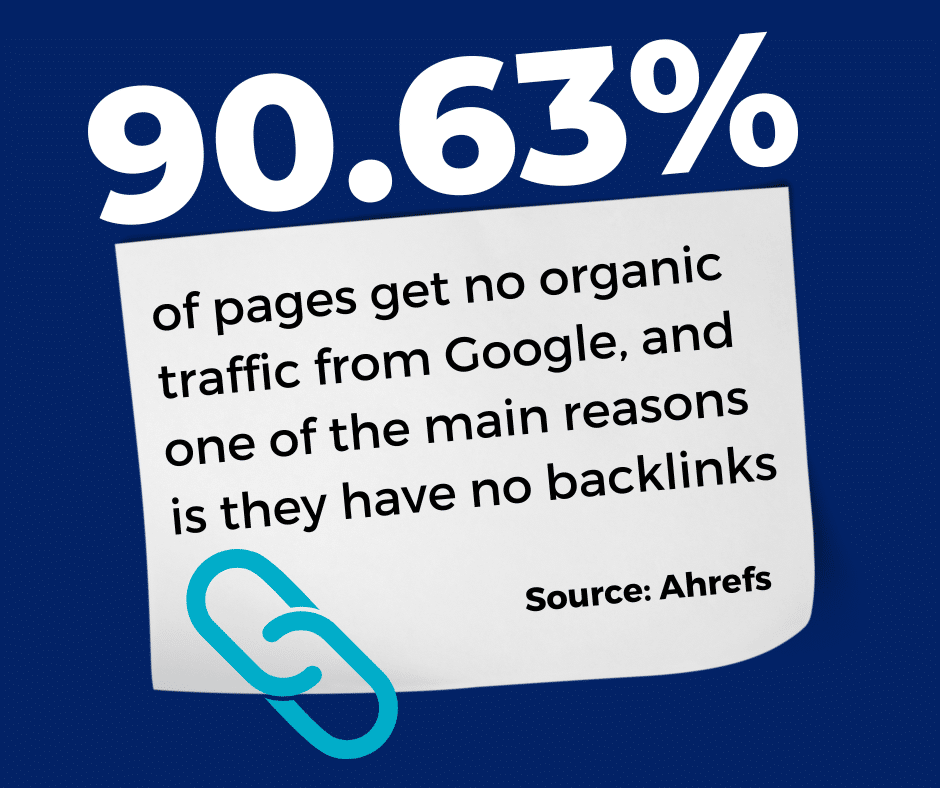Last updated on December 19th, 2025 at 03:32 am
An efficient SEO workflow is essential for marketing agencies looking to drive organic traffic, improve search rankings, and achieve long-term success for their clients. Without a structured process, SEO efforts can become inconsistent and ineffective. A well-planned workflow ensures that every aspect of SEO, from research to implementation and tracking, is executed efficiently. This guide outlines a comprehensive SEO workflow that agencies can follow to maximize results, optimize resources, and streamline their operations for consistent performance.
Contents
Understanding the SEO Workflow
A well-defined SEO workflow ensures that each step of the optimization process is executed strategically. Without a proper system, tasks can become disorganized, leading to wasted effort and missed opportunities. By following a structured approach, agencies can enhance efficiency, maintain consistency, and adapt to algorithm updates more effectively. Implementing a workflow also improves collaboration within teams, making it easier to manage multiple projects simultaneously. Additionally, a clear workflow allows agencies to measure success, identify weaknesses, and make data-driven adjustments for ongoing improvements.
SEO Workflow Stages
To achieve optimal results, agencies should follow a step-by-step SEO workflow that covers all essential aspects of search engine optimization. Each stage plays a critical role in boosting a website’s visibility and performance.
Research & Planning
Before executing any SEO strategy, thorough research and planning are required. This stage lays the foundation for success by identifying opportunities and setting clear objectives.
- Keyword Research: Use tools like Ahrefs, SEMrush, or Google Keyword Planner to find high-value keywords. Focus on search intent and competition level. Understanding user intent—whether informational, navigational, or transactional—ensures that content aligns with what users are searching for.
- SEO Audit: Conduct a site health check to identify technical issues, broken links, and on-page errors that may hinder rankings. Auditing includes evaluating page speed, mobile-friendliness, and indexability to ensure a solid technical foundation.
- Setting Goals: Define KPIs such as organic traffic growth, keyword rankings, and conversion rates to measure success. Clear objectives help teams stay focused and track progress effectively.
- Competitor Analysis: Analyze competitor websites to understand their SEO strengths and weaknesses. Identify gaps in their content strategy and backlink profile to capitalize on opportunities.
- Content Strategy Planning: Develop a content roadmap based on keyword research and audience needs. Plan pillar content and supporting blog posts to create a well-structured website.

On-Page SEO Implementation
Once the research phase is complete, optimizing website elements ensures higher visibility in search results. A strong on-page SEO strategy improves user experience, enhances crawlability, and increases the likelihood of ranking higher.
- Content Optimization: Use the target keywords naturally in meta titles, descriptions, headers, and throughout the content. Optimize images with alt tags and compress them to improve loading speed.
- Internal Linking Strategy: Link related pages within the site to enhance user experience and improve crawling efficiency. A strategic internal linking structure distributes page authority and encourages visitors to explore more content.
- Technical SEO Fixes: Address issues like slow loading speed, mobile responsiveness, structured data errors, and duplicate content to improve site performance. Implement schema markup to enhance search visibility with rich snippets.
- URL Structure: Ensure URLs are clean, descriptive, and keyword-rich. Avoid long, complex URLs with unnecessary parameters.
- User Experience (UX) Enhancements: Optimize navigation, improve readability, and implement clear calls-to-action to encourage engagement and conversions.
Off-Page SEO & Link Building
To enhance a website’s authority and credibility, off-page SEO techniques should be incorporated. Link-building remains a crucial ranking factor, but it requires a strategic approach.
- Backlink Strategy: Focus on high-quality link-building through guest posts, outreach, and digital PR. Avoid spammy or low-quality links that could lead to penalties.
- Social Signals: Engage with audiences on social media platforms to increase brand visibility and drive traffic. While social signals are not a direct ranking factor, they contribute to brand awareness and content amplification.
- Local SEO Optimization: Ensure business listings are accurate on Google Business Profile and other local directories. Gather positive reviews and maintain consistent NAP (Name, Address, Phone Number) across platforms.
- Influencer Collaborations: Partner with industry influencers for content collaborations and backlink opportunities.
- Broken Link Building: Identify broken links on high-authority websites and reach out with relevant replacement content to gain new backlinks.

Content Creation & Optimization
Creating valuable and optimized content is a crucial step in the SEO workflow. High-quality content improves user engagement and increases search engine visibility.
- Developing Evergreen Content: Create long-form, authoritative content that remains relevant over time. Comprehensive guides, case studies, and research-backed articles perform well in search results.
- Content Repurposing: Transform blog posts into videos, infographics, or social media snippets to reach a broader audience.
- Updating Existing Content: Refresh outdated content with new data, improved readability, and updated keywords. Keep URLs intact to maintain SEO value.
- Using Semantic SEO: Optimize for related keywords and entities to enhance topical relevance and improve ranking potential.
- Content Distribution Strategies: Promote content through email marketing, social media, and partnerships to drive traffic and engagement.
Performance Tracking & Optimization
Monitoring SEO performance allows agencies to refine their strategies and make data-driven improvements.
- Key Metrics to Track: Organic traffic, bounce rates, conversion rates, keyword rankings, and backlink growth.
- SEO Audit Frequency: Conduct monthly or quarterly audits to ensure the SEO workflow remains effective.
- A/B Testing: Experiment with different meta titles, descriptions, and content structures to identify what works best.
- Competitor Benchmarking: Compare performance against competitors to identify areas for improvement.
- Adjusting for Algorithm Updates: Stay informed about search engine changes and adapt strategies accordingly.

SEO Workflow Tools & Automation
Several tools can streamline an SEO workflow, making tasks more efficient and scalable.
- Keyword Research & Analysis: Ahrefs, SEMrush, Google Keyword Planner
- Technical SEO & Audits: Screaming Frog, Sitebulb, DeepCrawl
- Content Optimization: Surfer SEO, Clearscope, Grammarly
- Backlink Monitoring: Moz, Majestic, Linkody
- Performance Tracking: Google Analytics, Google Search Console Leveraging automation and AI-based tools can save time and improve accuracy, allowing agencies to focus on strategy rather than manual processes.
Common SEO Workflow Challenges & Solutions
Despite following a structured SEO workflow, agencies often encounter challenges that can impact results.
- Adapting to Algorithm Changes: Regularly update strategies based on search engine updates to maintain rankings.
- Managing Client Expectations: Educate clients on the time required for SEO results and set realistic goals.
- Balancing Quick Wins & Long-Term Strategy: Combine short-term tactics like content optimization with long-term efforts such as link-building.
- Handling Technical SEO Complexities: Invest in continuous learning and tools to address evolving technical requirements.
Conclusion
A well-structured SEO workflow simplifies the optimization process, ensuring consistency and efficiency. By implementing the steps outlined in this guide, agencies can enhance their SEO strategies and achieve sustainable growth. Ready to improve your SEO approach? Contact our agency today for expert assistance or download our SEO checklist to get started!





